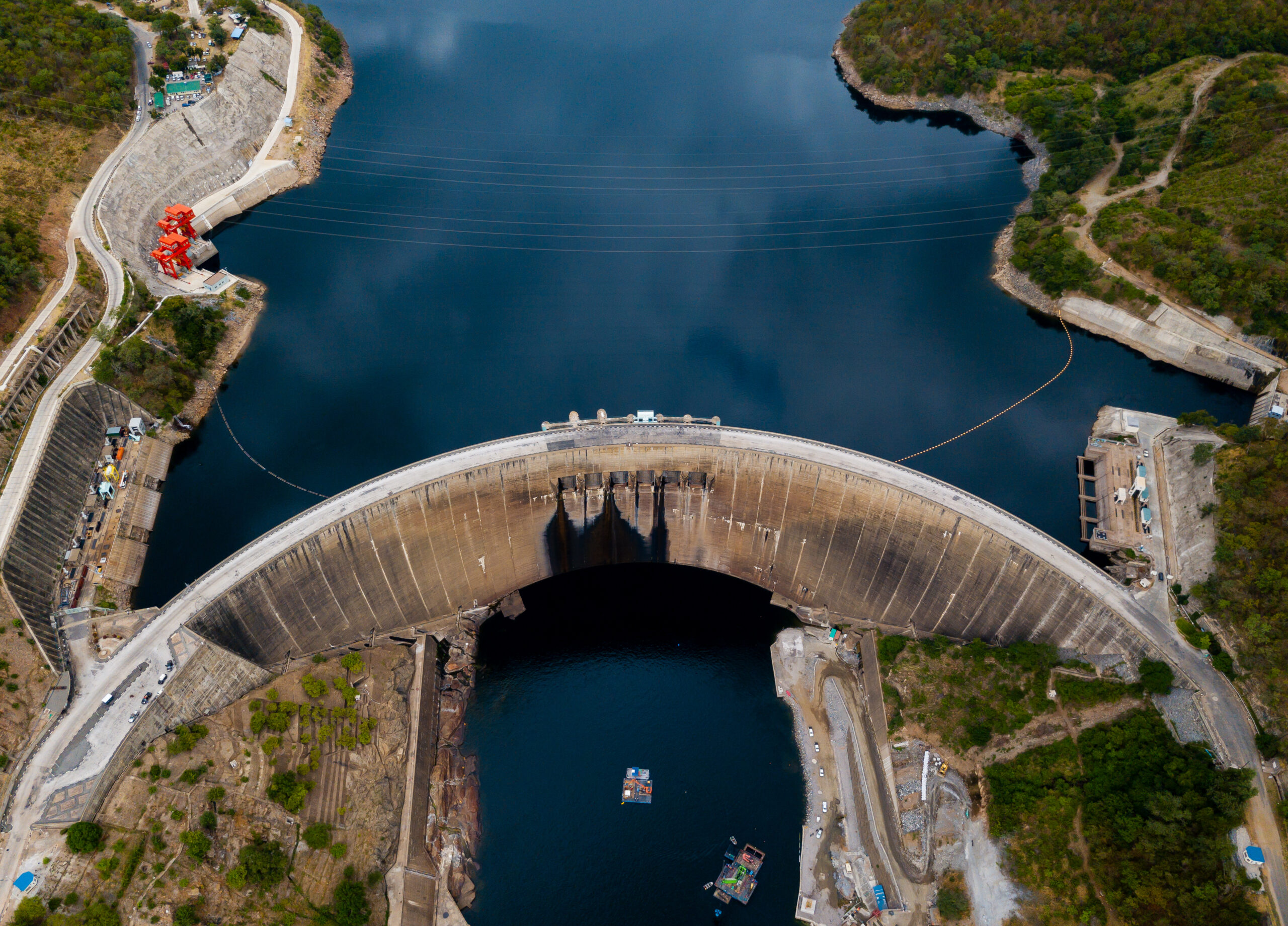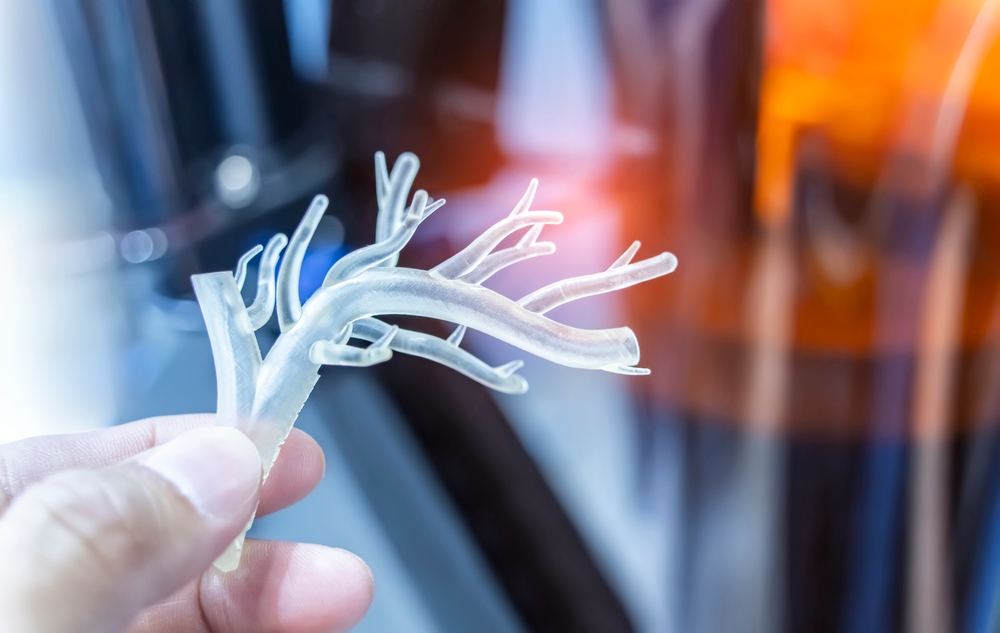Some of the world’s most iconic paintings are celebrated not only for their beauty and historical significance but also for their rarity. While these masterpieces are often recognized in museums or art history books, only a handful of original versions exist, each carrying unique details and subtle variations. These rare copies, created by contemporaries, students, or even the artists themselves, offer fascinating insights into the creative process and the legacy of these works. Exploring these originals and their few replicas helps us understand how art has been preserved, interpreted, and admired through generations. Each painting remains a testament to the skill, vision, and enduring influence of the artists behind them.
Mona Lisa by Leonardo da Vinci
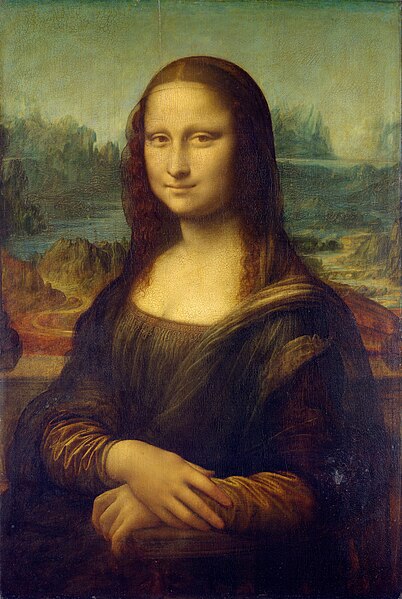
The “Mona Lisa” is one of the most recognizable paintings in the world, yet debates over its authenticity and copies persist. While the Louvre houses the most famous version, several lesser-known replicas exist, some believed to be painted by da Vinci’s students under his guidance. Art historians have uncovered a handful of copies from the 16th century that closely mimic the enigmatic smile and detailed background. One notable copy, held in Madrid’s Prado Museum, offers vibrant colors and more pronounced detailing. Interestingly, this painting provides insight into how da Vinci might have originally envisioned the piece. Da Vinci’s signature sfumato technique, though attempted, is less pronounced in these other versions. Even with these copies, the original remains unparalleled in its mystique and artistry.
The Last Supper by Leonardo da Vinci
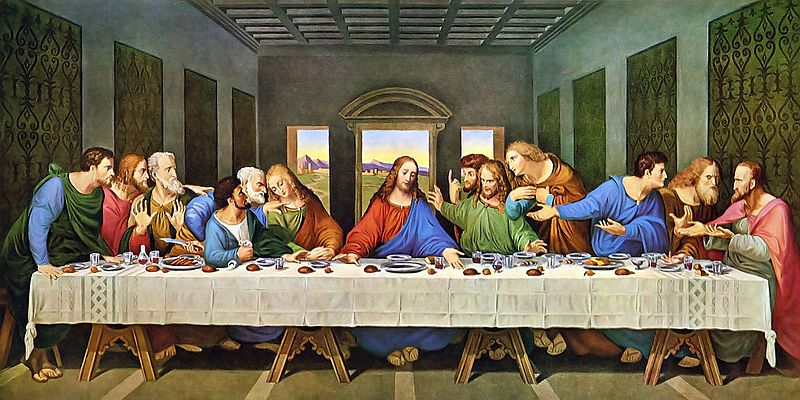
Leonardo da Vinci’s “The Last Supper” exists today primarily as a restoration of a damaged original. Painted on a convent wall in Milan, the original has suffered extensive decay over centuries. Only a handful of near-exact copies remain, created during da Vinci’s time by artists like Giampietrino. These works are crucial for understanding the original, as they preserve details lost in the original’s deterioration. A particularly significant copy is housed in London’s Royal Academy, showcasing elements like Christ’s serene expression. Scholars use these surviving versions to reconstruct the original’s composition and artistic intent. Despite its fragmented state, “The Last Supper” endures as a masterful portrayal of divine and human emotion.
The Birth of Venus by Sandro Botticelli

Botticelli’s “The Birth of Venus” is revered as a cornerstone of Renaissance art, depicting Venus’s ethereal arrival on a shell. While the iconic version resides in Florence’s Uffizi Gallery, a few rare originals by Botticelli’s workshop still exist. These versions retain Venus’s central pose but vary slightly in their background and details. One copy, preserved in Geneva, features a darker palette and more elaborate drapery. Scholars believe these variations reflect Botticelli’s experimentation with different techniques. The subtle differences among these works shed light on how artists explored their patrons’ preferences. Venus’s serene beauty remains captivating, regardless of the version.
Starry Night by Vincent van Gogh
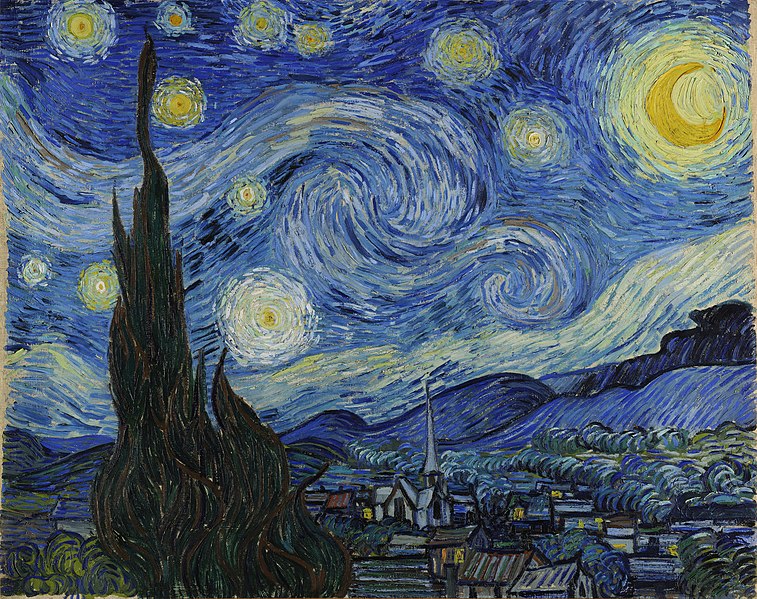
“Starry Night,” painted by Vincent van Gogh during his time at an asylum in Saint-Rémy, is an iconic masterpiece with few close replicas. The version housed at New York’s Museum of Modern Art is universally recognized, but several earlier sketches and drafts by Van Gogh exist. These preliminary works, held in private collections, explore the swirling skies and emotional intensity of the final piece. They reveal Van Gogh’s progression in portraying movement and light. Despite being studies, these drafts retain the dramatic energy of the finished painting. Modern reproductions often miss the depth and texture of the original. Through these works, Van Gogh’s visionary genius becomes even more apparent.
The Scream by Edvard Munch

Edvard Munch’s “The Scream” exists in multiple forms, including two paintings, a pastel, and a lithograph. Among these, the 1893 version at Oslo’s National Gallery is the most iconic. The other painted version, housed in Oslo’s Munch Museum, varies slightly in color intensity and detail. The pastel versions, too, exhibit unique emotional depth, with subtle differences in the depiction of the haunting figure. Each version reflects Munch’s evolving exploration of existential anxiety. One of the pastel versions was sold at auction for a record-breaking price, emphasizing its value to collectors. These few originals collectively convey a universal human fear, making “The Scream” profoundly timeless. Their rarity only amplifies their impact.
The Arnolfini Portrait by Jan van Eyck

Jan van Eyck’s “The Arnolfini Portrait” is renowned for its exquisite detail and symbolic depth. While the original hangs in London’s National Gallery, a few rare copies created during Van Eyck’s era survive. These replicas often replicate the enigmatic mirror and intricate textures of the original. However, subtle differences in these copies suggest varying interpretations of the painting’s mysterious symbolism. One notable example, held in Bruges, includes an inscription absent from the original. The meticulous attention to detail in all versions highlights Van Eyck’s mastery. Even among its few copies, the painting’s aura of mystery endures.
The Night Watch by Rembrandt
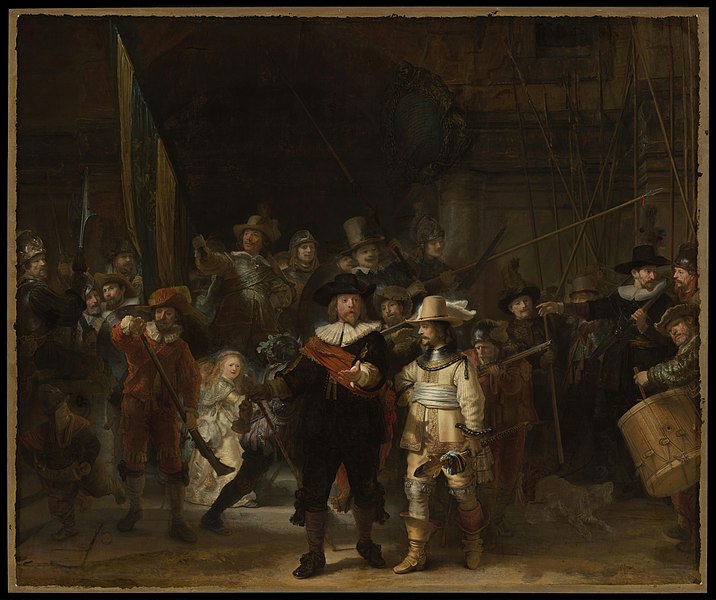
Rembrandt’s “The Night Watch” is celebrated for its dramatic use of light and shadow, as well as its dynamic composition. A handful of early copies attributed to Rembrandt’s pupils exist, though none capture the full grandeur of the original. These copies help document the painting’s original dimensions, which were altered when the original was trimmed. The copies often emphasize key figures like the militia leader but lack the immersive quality of Rembrandt’s chiaroscuro. Scholars use these versions to understand how Rembrandt’s contemporaries perceived his work. One such replica, held in Amsterdam’s Rijksmuseum, demonstrates the widespread admiration for Rembrandt’s techniques. These few reproductions are invaluable for preserving “The Night Watch” as it was first intended.
The Girl with a Pearl Earring by Johannes Vermeer
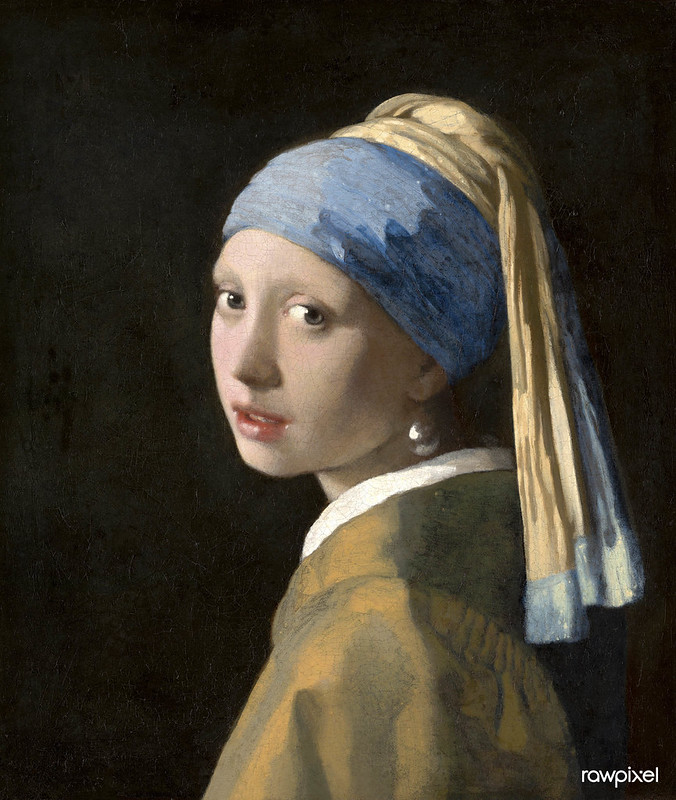
Often dubbed the “Mona Lisa of the North,” Vermeer’s Girl with a Pearl Earring radiates mystery and elegance. The original is housed in the Mauritshuis Museum in The Hague, but a few rare replicas exist, attributed to Vermeer’s contemporaries or inspired by his luminous technique. One such copy, located in a private collection, features subtle variations in the model’s expression and headscarf design. These differences highlight the unique intimacy of Vermeer’s original work. Known for his mastery of light, Vermeer’s contemporaries attempted to emulate the glowing realism of the pearl and skin tone but fell short. Art historians treasure these replicas as evidence of Vermeer’s influence in 17th-century Dutch art. Even with copies, the original remains an unparalleled study of beauty and simplicity.
Guernica by Pablo Picasso
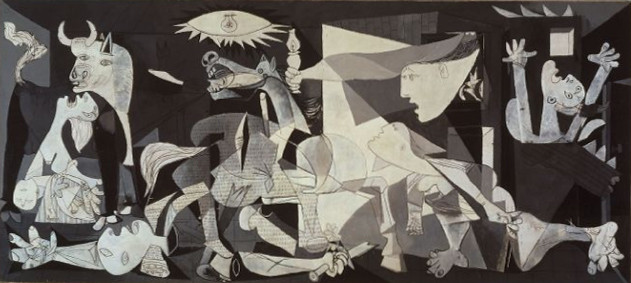
Picasso’s “Guernica” is a monumental anti-war statement created during the Spanish Civil War. The original, housed in Madrid’s Museo Reina Sofía, stands as a stark reminder of war’s devastation. Several detailed replicas, painted by Picasso’s assistants and contemporaries, exist for educational and commemorative purposes. A significant copy is displayed in Japan, underscoring its global resonance. These versions preserve Picasso’s fragmented, emotive figures and chaotic composition. While not exact replicas, they capture the anguish and complexity of the original. The scarcity of these copies highlights the value of Picasso’s vision. “Guernica” continues to inspire worldwide as both a political and artistic masterpiece.
Whistler’s Mother by James McNeill Whistler

Officially titled “Arrangement in Grey and Black No. 1,” this painting of Whistler’s mother has become an American cultural icon. The original, in Paris’s Musée d’Orsay, has inspired a handful of faithful copies by Whistler’s students and admirers. These versions typically retain the stark, minimalist palette and somber mood of the original. One notable copy, held in a private collection in the U.S., offers subtle changes in background detailing. Whistler’s distinctive use of tonal harmony often challenged imitators, whose works appear comparatively flat. Despite these efforts, the original remains unmatched in its emotional resonance and subtle composition. These rare replicas serve as a testament to Whistler’s enduring influence on modern art.
Water Lilies by Claude Monet
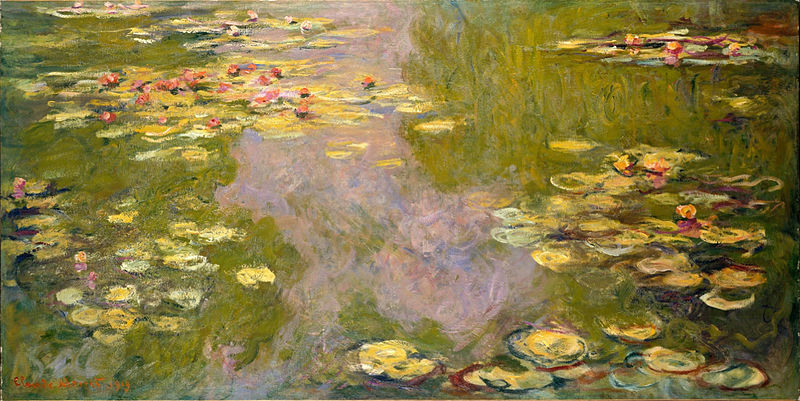
Claude Monet’s “Water Lilies” series spans hundreds of paintings, yet only a handful of originals are considered definitive masterpieces. One of the most famous, displayed at the Musée de l’Orangerie in Paris, is a sweeping panorama of Monet’s beloved garden pond. Early copies and variations by Monet’s assistants offer insight into his evolving technique, often experimenting with color and light. These versions, while beautiful, lack the depth and emotive movement of the originals. The originals’ interplay of reflection and texture was a hallmark of Monet’s Impressionist genius. A few of these rare pieces are held in private collections, making them virtually inaccessible to the public. Each painting in this series represents Monet’s lifelong obsession with capturing fleeting moments of beauty. Their scarcity only heightens their desirability.
The Persistence of Memory by Salvador Dalí
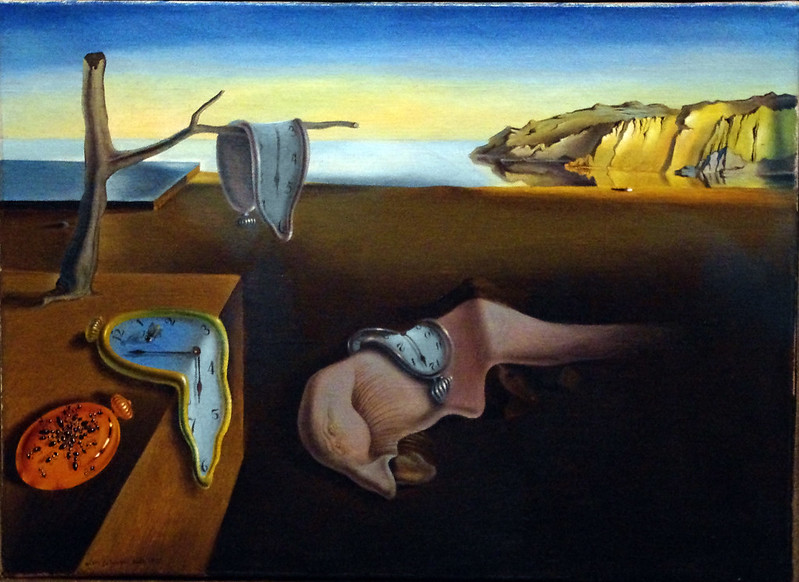
Salvador Dalí’s The Persistence of Memory is synonymous with surrealism, depicting melting clocks in a dreamlike landscape. The original resides in New York’s Museum of Modern Art, but Dalí also authorized a few faithful replicas. One such version, displayed in Dalí’s museum in Spain, includes subtle variations in the background’s textures and hues. These authorized versions give collectors a rare glimpse into Dalí’s playful approach to surrealism. Dalí’s exploration of time and memory in these pieces remains as enigmatic as ever. Despite the presence of these copies, none quite capture the ethereal precision of the original. This scarcity makes the original a centerpiece of 20th-century art.
Las Meninas by Diego Velázquez
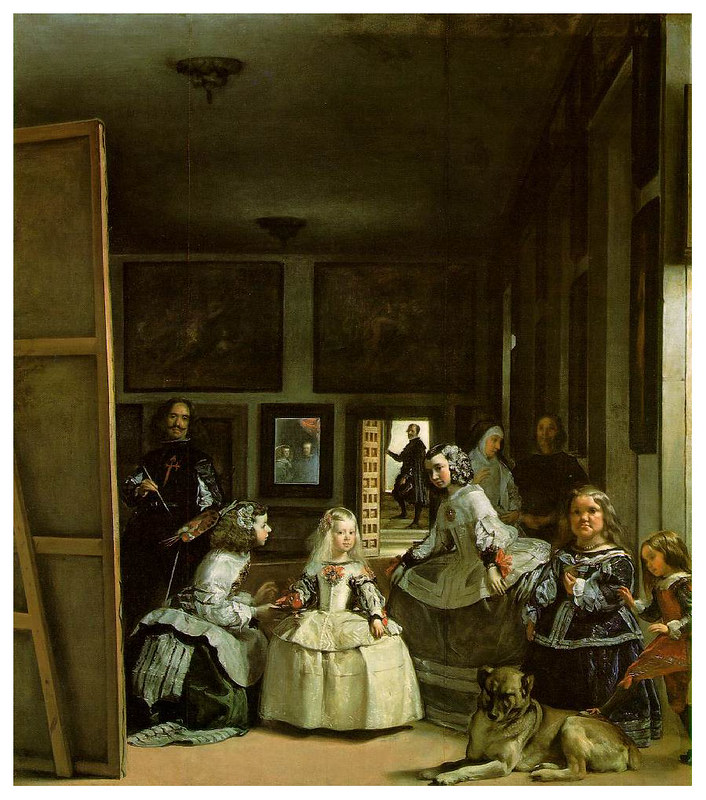
Diego Velázquez’s Las Meninas is a visual puzzle that has fascinated viewers for centuries. The original, housed in Madrid’s Prado Museum, depicts the Spanish royal family in an intricate composition. A few contemporaneous copies, attributed to Velázquez’s studio, attempt to replicate the nuanced interplay of light and perspective. These versions often omit or alter minor details, offering a simplified view of the original’s complexity. A notable replica in Vienna provides valuable insights into Velázquez’s creative process. These few copies help historians understand how the painting was perceived during its time. Even today, Las Meninas remains a masterclass in narrative and technique.
American Gothic by Grant Wood
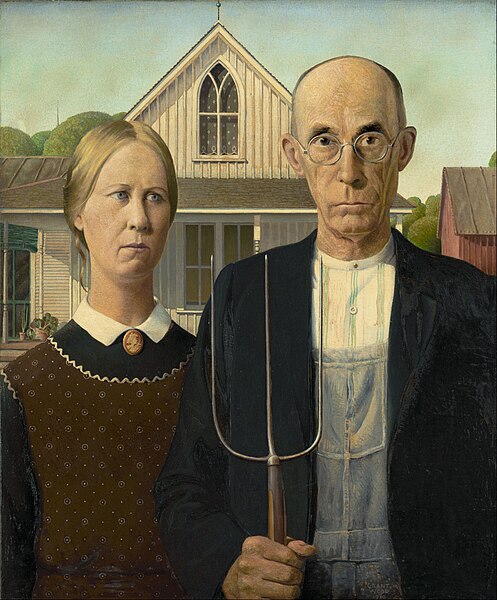
Grant Wood’s American Gothic is one of the most parodied paintings in history, yet its original remains singular. Housed in the Art Institute of Chicago, it portrays a farmer and his daughter in striking detail. A few rare replicas, created under Wood’s supervision, subtly alter the characters’ expressions or the farmhouse background. These variations reveal Wood’s exploration of Midwestern values and societal roles. The enduring appeal of American Gothic lies in its combination of simplicity and satire. Replicas serve as a reminder of the painting’s cultural significance and Wood’s meticulous technique. The original’s stark realism ensures its place as an American classic.
The Kiss by Gustav Klimt
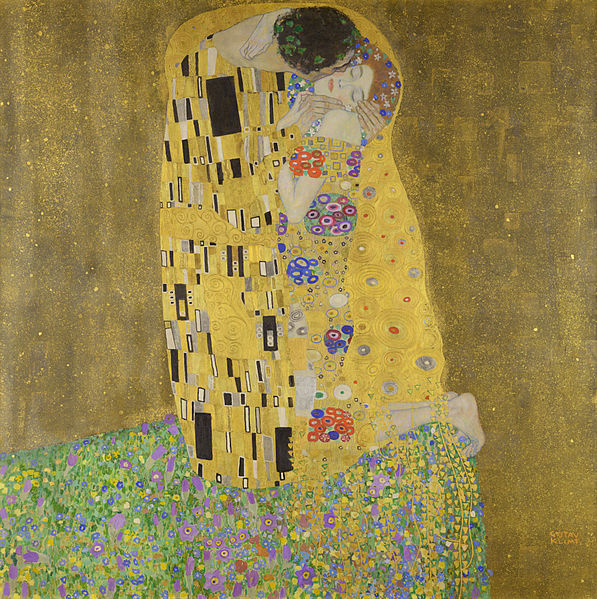
Gustav Klimt’s The Kiss is a radiant celebration of love and intimacy, adorned with shimmering gold leaf. The original, in Vienna’s Belvedere Museum, is a masterpiece of the Art Nouveau movement. A few authorized copies, created by Klimt’s followers, replicate its ornate patterns and vibrant colors. These versions often fall short in capturing the intricate layering and texture of Klimt’s work. Klimt’s innovative use of gold and symbolism set The Kiss apart from its imitators. Each known replica adds to the understanding of Klimt’s influence on modern art. The scarcity of originals amplifies their timeless allure.
Napoleon Crossing the Alps by Jacques-Louis David
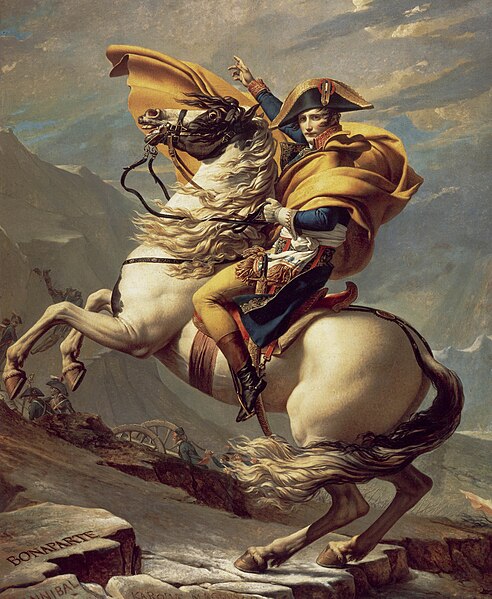
Jacques-Louis David’s Napoleon Crossing the Alps portrays the emperor as a heroic figure braving the elements. The original, at Malmaison, is one of five versions painted by David, each slightly varying in pose and detail. These variations showcase David’s ability to adapt his work for different patrons. The most famous version features a dynamic composition with Napoleon on a rearing horse, epitomizing romanticized power. Some copies omit the bold inscriptions found in the original, such as “Bonaparte” etched into the rocks. This iconic image of leadership has inspired countless imitations. Despite their differences, each version maintains the dramatic energy of David’s vision.
Liberty Leading the People by Eugène Delacroix
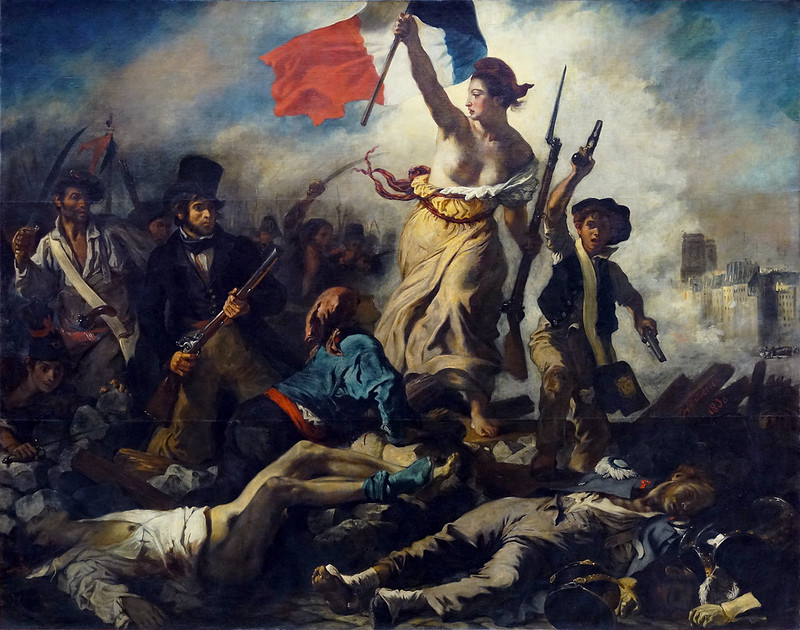
Delacroix’s Liberty Leading the People is a dramatic symbol of revolution and freedom, depicting Liberty personified as a defiant woman leading the charge. The original resides in the Louvre, yet a handful of faithful copies created in the 19th century survive. These replicas, often housed in regional French museums, slightly alter the colors or background details. One well-known copy omits the smoky atmosphere, focusing instead on Liberty’s triumphant stance. Despite their differences, all versions capture the raw energy and patriotism of the composition. Delacroix’s bold brushstrokes and dynamic use of light make the original unparalleled. Even with copies, the painting remains an enduring emblem of rebellion and hope.
Impression, Sunrise by Claude Monet
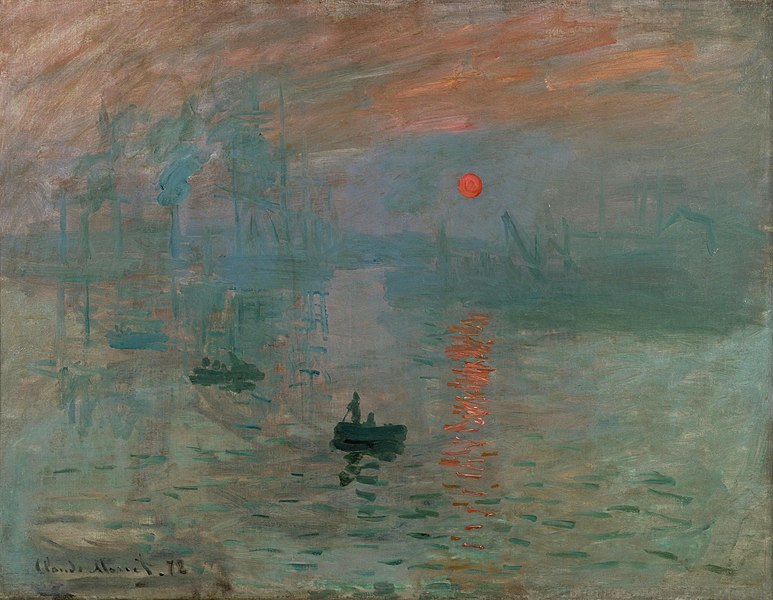
Monet’s Impression, Sunrise gave the Impressionist movement its name and depicts a serene harbor scene. The original, housed in Paris’s Musée Marmottan Monet, is celebrated for its loose brushstrokes and atmospheric perspective. A few contemporary replicas, created by Monet’s admirers, exist but lack the vibrancy of the original. These copies attempt to emulate Monet’s groundbreaking use of color and light reflection on water. A notable replica in a private collection simplifies the misty ambiance, offering a clearer but less evocative rendition. Monet’s original remains a cornerstone of modern art history. The scarcity of accurate reproductions highlights its artistic significance.
The Hay Wain by John Constable
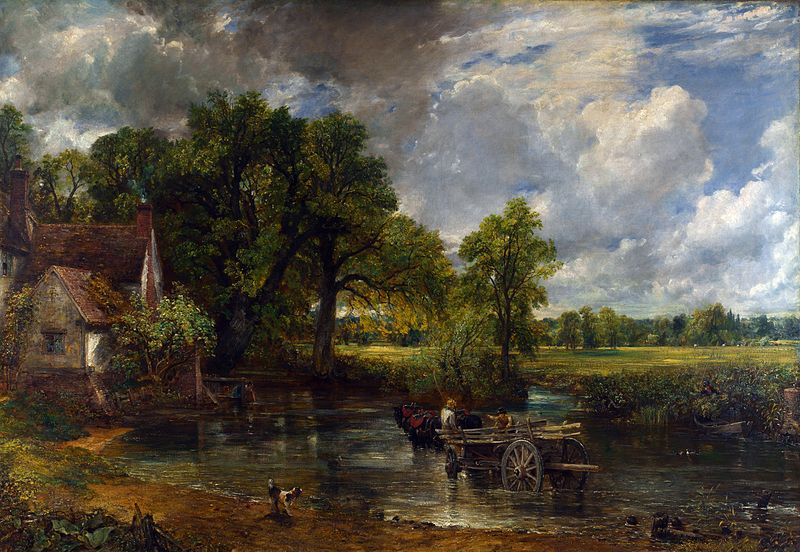
John Constable’s The Hay Wain is a quintessential depiction of the English countryside. The original hangs in London’s National Gallery, yet several replicas, attributed to Constable’s studio, exist. These copies often reproduce the idyllic river scene with slight variations in sky and foliage. One such version, found in a British regional museum, emphasizes the warm tones of the farmhouse. Constable’s mastery of natural light is less evident in these replicas, which lack his delicate tonal gradations. Despite this, the replicas reflect the painting’s cultural impact and timeless appeal. The original remains a beloved celebration of rural life.
The Creation of Adam by Michelangelo
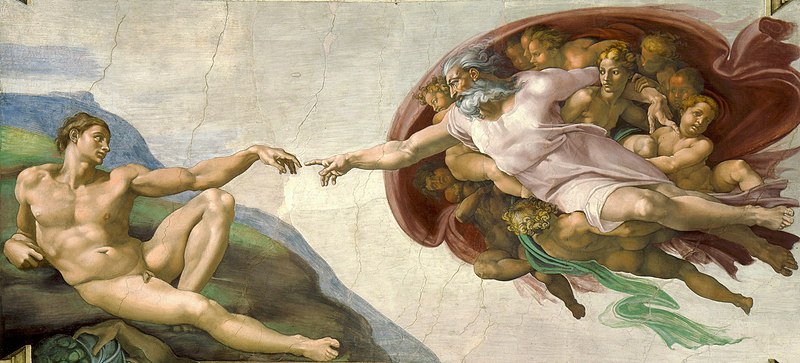
Michelangelo’s The Creation of Adam is a masterpiece of the Sistine Chapel ceiling, capturing the moment God gives life to Adam. While the original fresco is irreplaceable, a few detailed copies, often created as engravings, have preserved its iconic imagery. These reproductions emphasize the dynamic gestures and profound expressions but often fail to replicate the vibrancy of the colors restored in the original. A notable reproduction, housed in a Florentine archive, offers insight into the composition before its restoration. Michelangelo’s anatomical precision and spiritual depth remain unparalleled in these replicas. The rarity of exact copies underscores the original’s artistic and religious significance. Its enduring legacy makes it a pinnacle of Renaissance art.
This article originally appeared on Rarest.org.
More From Rarest.Org
Dams are some of the most impressive feats of engineering in the world. They help control water flow, provide hydroelectric power, and create massive reservoirs. Read more.
Throughout history, unusual and extreme weather events have left a lasting impact on communities worldwide. From strange storms to sudden heat waves, these occurrences have often defied expectations, leaving people to adapt in surprising ways. Read more.

